The world of plush dolls is a magical one, where comfort, creativity, and nostalgia come together in a single soft, cuddly companion. Plush dolls have long been cherished by children, collectors, and adults alike. Whether you’re a parent selecting the perfect toy for your child or a collector looking to add a rare item to your collection, understanding the true meaning of a plush doll is key.
Plush dolls are soft, stuffed toys made from a variety of fabrics and fillings. They provide comfort, emotional support, and hold cultural significance, making them beloved by children and adults alike.
1. What is a Plush Doll?
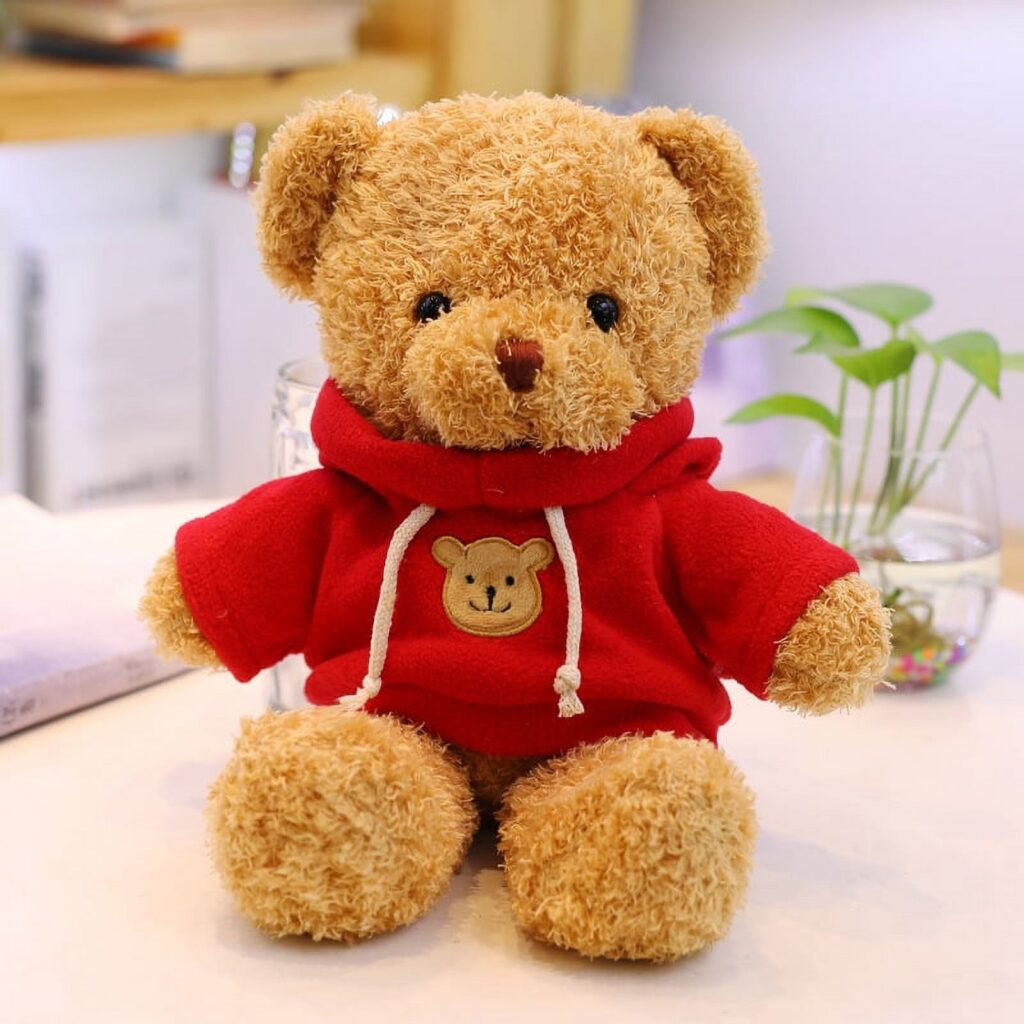
A plush doll is typically a soft, stuffed toy that resembles a human, animal, or character. It is made from plush fabric (often fleece or velvet) and filled with materials such as polyester fiberfill, cotton, or even eco-friendly alternatives. Plush dolls can be designed to look like real animals, fictional characters, or entirely imaginative creations, making them versatile in both function and appearance.
Plush dolls are soft, stuffed toys that resemble human figures, animals, or characters. Made from various fabrics and filled with stuffing materials, they serve as both toys and sentimental keepsakes.
- Función: Plush dolls serve as companions, offering comfort and emotional support. They’re often used for play, as decorations, or even as collectors’ items.
- Materiales utilizados: Fabrics like fleece, velvet, and cotton make up the outer layer of plush dolls, while stuffing materials can range from synthetic polyester to natural options like cotton or wool.
- History and Evolution: From the first teddy bear to modern character dolls, plush dolls have evolved to meet cultural trends, with some even becoming valuable collector’s items over time.
Plush Doll Overview
| Aspecto | Detalles |
|---|---|
| Definición | Soft, stuffed toys resembling humans, animals, or characters |
| Common Materials | Outer: Fleece, velvet, cotton Stuffing: Polyester fiberfill, cotton, eco-friendly fibers |
| Función | Toys, comfort companions, decorations, collector’s items |
| Design Range | Real animals, fictional characters, imaginative or custom creations |
| Valor emocional | Provide comfort, sentimental keepsakes, emotional support |
| Cultural Evolution | From classic teddy bears to licensed character plush, adapted to trends and fandoms |
2. What Materials are Used in Plush Dolls?
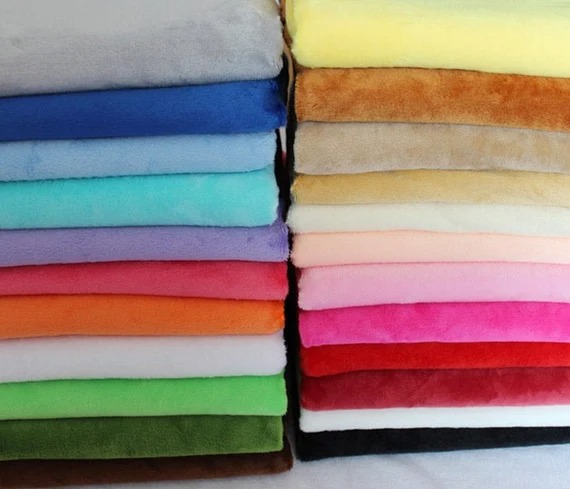
The materials used in plush dolls play a vital role in their comfort, durability, and appearance. Common materials for plush dolls include fleece, velvet, cotton, and various stuffing materials like polyester fiberfill. Each material provides a unique texture and feel, and the right choice depends on the purpose of the doll, whether for play, decoration, or collection.
Plush dolls are made from a combination of soft fabrics like fleece, velvet, and cotton. They are filled with materials like polyester fiberfill, cotton, or eco-friendly options, each contributing to the doll’s comfort and longevity.
- Vellón: Fleece is one of the most popular fabrics used in plush dolls due to its softness, warmth, and ease of cleaning. It’s especially common in children’s toys.
- Terciopelo: Known for its luxurious texture, velvet is often used for high-end plush dolls. It provides a premium feel but may require extra care to maintain.
- Algodón: A natural, hypoallergenic material, cotton is ideal for sensitive skin and eco-conscious consumers. It’s commonly used for plush dolls aimed at younger children or those looking for sustainable options.
| Material | Características | Mejor uso |
|---|---|---|
| Vellón | Soft, warm, easy to maintain | Standard plush toys |
| Terciopelo | Luxurious, soft, high-end feel | Limited edition dolls |
| Algodón | Breathable, hypoallergenic | Eco-friendly toys, baby dolls |
3. How Are Plush Dolls Made?
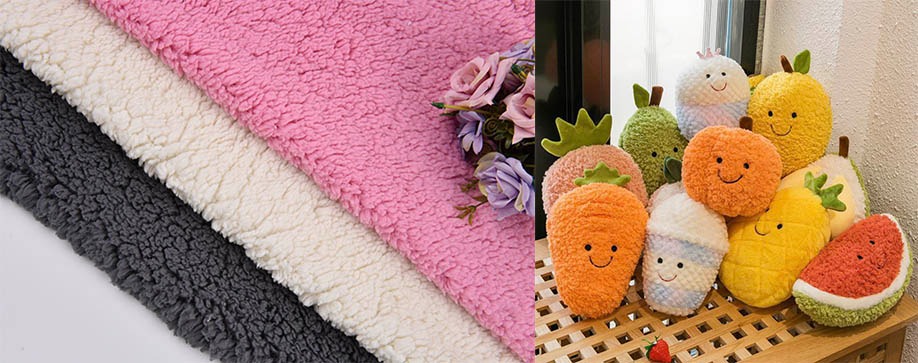
Creating a plush doll involves a step-by-step process, from designing the doll to selecting the right materials and stitching it together. This involves an artistic touch to create the doll’s features, as well as precision manufacturing techniques to ensure that the doll is both safe and comfortable.
Plush dolls are made by designing, cutting, stitching, and stuffing fabrics. High-quality craftsmanship ensures that each doll is soft, durable, and has detailed features.
- Design and Sketching: The first step in making a plush doll is the design. Designers sketch out the doll’s features, determining its size, shape, and accessories.
- Cortar y coser: Once the design is ready, fabric pieces are cut according to the pattern. These pieces are then sewn together, with attention paid to detail and durability.
- Stuffing and Finishing: After the doll’s structure is sewn together, it’s filled with stuffing material. The final touch is adding facial features, accessories, and any additional elements like clothes.
Plush Doll Manufacturing Process
| Escenario | Descripción |
|---|---|
| Design & Sketching | Designers create initial sketches, defining size, shape, facial features, and accessories |
| Corte y costura | Fabrics are cut based on the pattern and carefully stitched to form the doll’s body |
| Relleno | Soft materials like polyester fiberfill or cotton are used to fill the sewn structure |
| Toques finales | Details like facial features, embroidery, clothes, and accessories are added |
| Quality Focus | Emphasis on softness, durability, and safe construction for long-term use and comfort |
4. Which Fabrics Are Best for Plush Dolls?
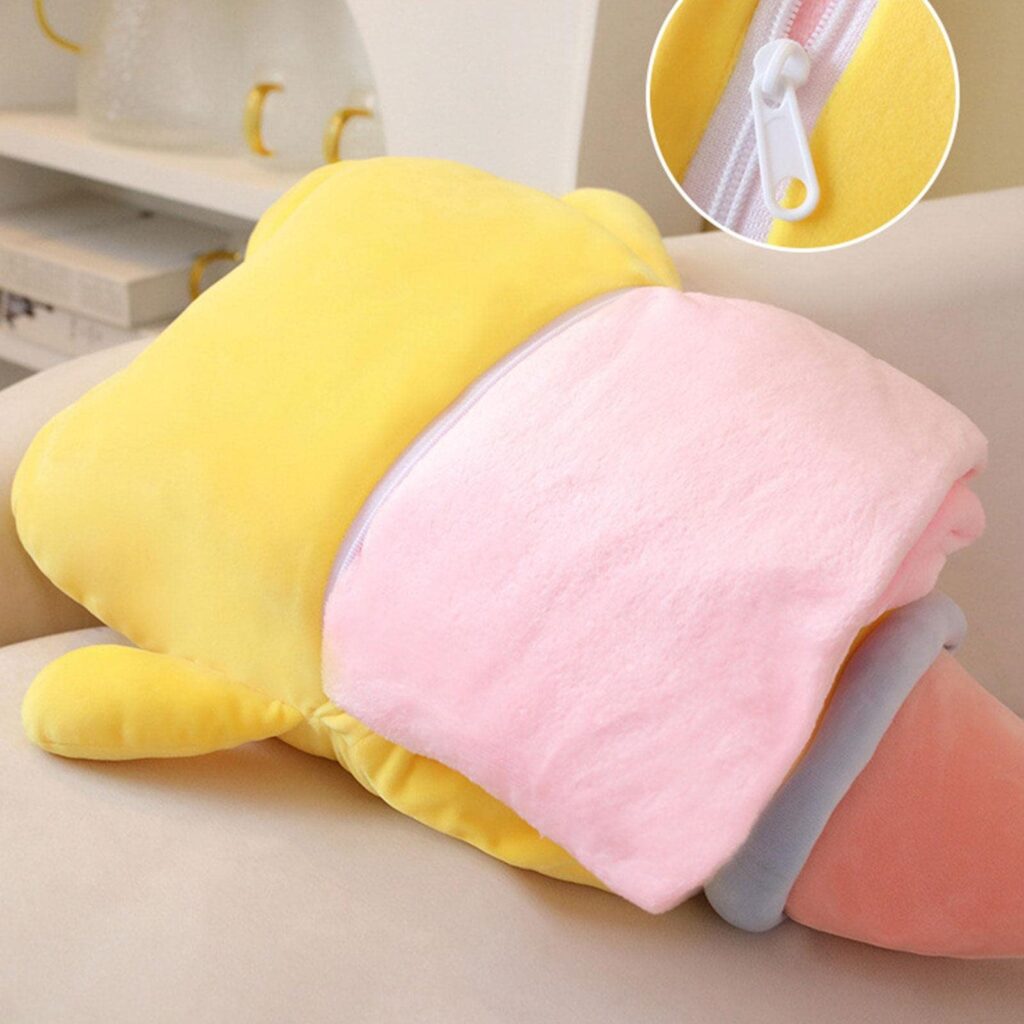
Choosing the right fabric for a plush doll depends on the intended purpose and the desired feel of the toy. Cotton is considered an excellent fabric for plush dolls due to its hypoallergenic properties, while fleece is popular for its softness and ease of maintenance. Velvet, although luxurious, is used for premium or limited-edition plush dolls.
Cotton and fleece are commonly considered the best fabrics for plush dolls due to their softness and hypoallergenic properties, while velvet is reserved for high-end collectible dolls.
- Algodón: Ideal for babies and young children, cotton is gentle on the skin and eco-friendly, making it a top choice for plush dolls designed for sensitive users.
- Vellón: Fleece provides a soft, plush feel and is durable enough for frequent washing. It’s perfect for affordable and mass-produced dolls.
- Terciopelo: Velvet offers a rich, luxurious texture that elevates plush dolls into collector’s items. However, it requires more careful maintenance.
Fabrics for Plush Dolls
| Tejido | Key Features | Best Use Cases |
|---|---|---|
| Algodón | Hypoallergenic, eco-friendly, soft, safe for sensitive skin | Ideal for babies, toddlers, and eco-conscious buyers |
| Vellón | Extremely soft, durable, machine-washable, cost-effective | Mass-produced dolls, everyday play |
| Terciopelo | Luxurious texture, visually rich, elegant finish, requires delicate care | Premium plush dolls, collectibles, decorative pieces |
5. How Does the Material Affect the Plush Doll’s Durability?
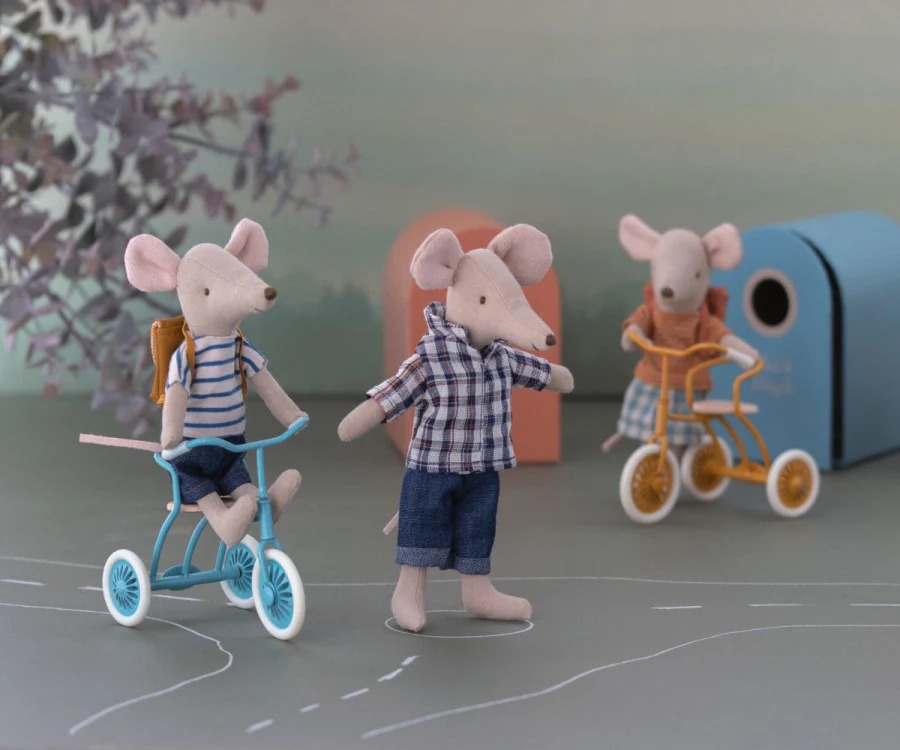
The material used in a plush doll has a direct impact on its durability. Dolls made from higher-quality fabrics, such as cotton or velvet, are generally more durable and resistant to wear. On the other hand, dolls made with lower-quality materials may lose their shape, feel rough, or degrade faster over time.
High-quality fabrics like cotton and velvet increase the durability of plush dolls, ensuring they maintain their shape, texture, and appearance longer.
- Durabilidad: Fabrics like cotton and velvet are naturally more resistant to wear and tear, while synthetic fabrics like fleece may be more prone to pilling over time.
- Relleno: The choice of stuffing material is just as important. Polyester fiberfill, for example, maintains the doll’s shape longer compared to natural fillings like cotton.
- Lavabilidad: The durability of a plush doll also depends on how well it can be washed. Fleece and polyester fiberfill are machine washable, making them easy to maintain, while velvet dolls might require delicate hand washing.
| Material | Durabilidad | Maintenance Needs |
|---|---|---|
| Algodón | High, long-lasting | Easy to wash |
| Vellón | Moderate, can wear down | Machine washable |
| Terciopelo | High, but delicate | Requires hand washing |
6. What Are the Different Types of Stuffing Materials for Plush Dolls?
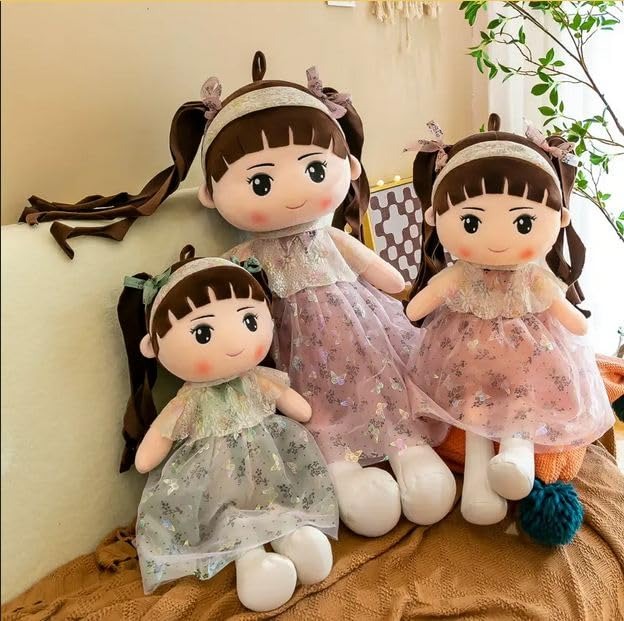
Stuffing materials play a crucial role in determining the doll’s softness, weight, and longevity. The most common material used for stuffing is polyester fiberfill, but alternatives like cotton or wool are also used for eco-friendly and hypoallergenic dolls.
Polyester fiberfill is the most common stuffing material for plush dolls, though cotton and wool are becoming more popular due to their eco-friendly properties.
- Relleno de fibra de poliéster: The most widely used stuffing, polyester fiberfill is lightweight, durable, and maintains its shape over time.
- Algodón: Cotton stuffing is natural and biodegradable, making it a great choice for eco-conscious consumers, though it may not be as durable as polyester.
- Lana: Wool offers a natural and hypoallergenic alternative to synthetic fillers, though it’s typically more expensive.
| Material de relleno | Beneficios | Inconvenientes |
|---|---|---|
| Relleno de fibra de poliéster | Lightweight, durable | Synthetic, non-biodegradable |
| Algodón | Natural, hypoallergenic | Less durable, more expensive |
| Lana | Hypoallergenic, eco-friendly | Caro, más pesado |
7. How Are Plush Dolls Used in Different Age Groups?
Plush dolls are designed for a variety of age groups, and the materials and features vary accordingly. For infants, hypoallergenic and safe materials are a must, while older children or collectors may prefer dolls with more intricate designs and durable fabrics like fleece or velvet.
Plush dolls for infants are made from hypoallergenic materials like cotton, while those for older children or collectors use durable fabrics like fleece or velvet for better quality and aesthetics.
- Infants and Toddlers: For babies, plush dolls must be made of soft, safe materials, free from small parts that could be a choking hazard.
- Older Children: For older children, plush dolls can be more complex in design and feature accessories or collectible items made from more durable materials.
- Collectors: Some plush dolls are aimed at collectors and feature high-end fabrics, detailed accessories, and limited editions.
Plush dolls are beloved for their softness, durability, and emotional appeal. The materials used in their creation – from fabrics like cotton and fleece to stuffing materials like polyester fiberfill – directly affect their comfort, durability, and overall charm. Whether you’re shopping for a child, a collector, or a decorative piece, understanding the materials that go into plush dolls will help you make the right choice.
At Kinwin, we offer custom plush dolls made with high-quality, eco-friendly materials to suit every need. Contact us today for a personalized quote and start creating the perfect plush doll collection!




